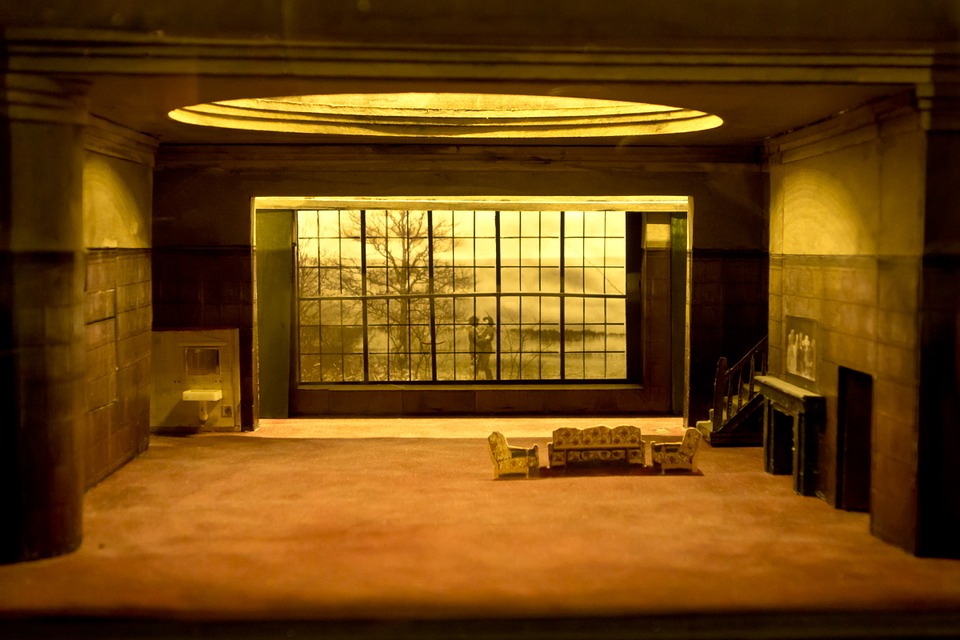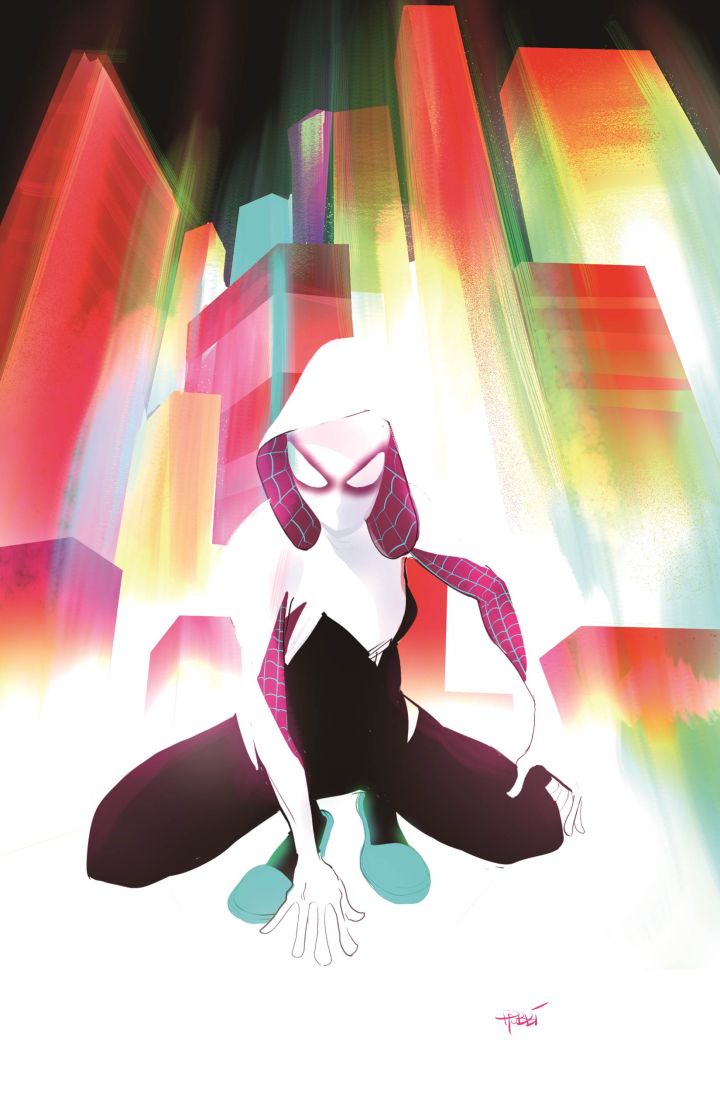Walk through a faux hotel in a mask. Sit in a chair while actors climb over seats and your body. Explore the world of Alice in Wonderland through the eyes of the creator. Strip off your clothes and explore the emotion of Lust.
These are only a few examples of the evolution of immersive theatre, an emerging art form presenting audiences a new way to experience stagecraft. The key word when thinking about these experiences is immersion: the act of sinking audiences into the theater event by allowing them to move through a space, touch the content, and make contact with all of their senses.
Audiences touch and are touched, engage with the actors, and explore spaces rather than witnessing events as they unfold before them.
Theatre isn’t the only space where immersive events have taken hold. Art installations, brand promotion, and museum spaces have embraced the idea of taking media from a spectator sport and turning it into a chance for the audience to enter fully interactive spaces. From hit events like Punchdrunk’s Sleep No More in New York to interactive museum exhibitions like the Museum of Ice Cream in San Francisco, immersive events and theatre have become the cutting edge of evolving media. And one of the most popular immersive spaces on the scene is Meow Wolf, the Santa Fe artist space-turned-interactive-narrative experience.
About Meow Wolf’s Immersive Experiences
Meow Wolf began as a fringe artist collective producing amazing collaborative art inside an old bowling alley in Santa Fe. When in danger of losing their space, investors like Game of Thrones writer George RR Martin provided the money to allow the collective to thrive.
What came from their work is The House of Eternal Return, an interactive walk-thru art space, where audiences not only engage with pieces of art but experience an unfolding narrative about a family and the science experiments that transformed their home and their lives. The House is a strange place, where portals to other realms live behind refrigerator doors and giant mastodon bones hide videos about cosmic entities and their plans. Guests explore the space without guides, the story of the House unfolding as a personal experience based on the things they see and touch.
Considered one of the most famous interactive experience companies in the world today, Meow Wolf has rapidly expanded from its space in Santa Fe to new upcoming installations in Las Vegas, Denver, and Washington DC slated for the coming years. Its contributions to the evolving field of immersive event spaces cannot be understated. Their work, along with many of the immersive theater events mentioned above, is considered revolutionary in evolving media spaces.
Live Action and Immersion in Play
But spaces like Meow Wolf, as revolutionary as they are in media today, are in fact treading ground which has existed for a long time. From interactive propaganda events in early 20th century Soviet Russia to large-scale full contact combat events the world over, live action role-play events have been using the techniques now utilized by immersive theater to engage their attendees for decades.
Players would take on the roles of characters in the narrative and experience the story through experiential play, interacting with and changing the story around them with their actions and very presence. These live action games run the gamut from highly simulationist games, where players have character sheets to represent their characters’ abilities, to freeform games with limited mechanics and a focus on narrative and emotional engagement.
And every year, live action roleplaying events are evolving. A wave of blockbuster games, for example, have swept the live action space, taking players away to castles and old missile bunkers, surrounding them with highly immersive spaces for what amounts to destination role-play vacations.
Live Action Events vs. Immersive Events: Crossover and Differences
When looking at live action events and immersive entertainment, the two might sound very similar. But there are a few major factors which set immersive theatre and live action roleplaying events apart. First, guests don’t normally take on a character in the narrative, instead relegated to the role of a faceless, often unseen witness to events. Because of this disconnected state, the guests have limited agency in what they are allowed to change in the narrative, if they can change the ongoing events at all. Most interactive theater events also don’t include workshops or preparation spaces to prepare their attendees for what they will see, hear, and do, leaving attendees the responsibility of managing their responses and reactions to the event on the fly without tools to do so.
What Immersive Theatre Can Learn From Live Action Role Play
It’s that last difference—the lack of tools and preparation—which provide a chance for live action events to share techniques helpful to immersive theatre events. Attendees could come away from their immersive experiences with a greater enjoyment and appreciation if they had some preparation in advance for what they’re in for, rather than being launched unprepared into the event.
Those tools can also include safety mechanics, providing attendees the agency to recognize uncomfortable moments and offer integrated safe words and techniques to remove themselves from the experience when needed. That one aspect of agency play, even beyond the opportunity to adjust the play space with actions or take on a character, is a paramount way to provide attendees with the agency to improve their experience. Being safe both physically, mentally, and emotionally can only make an immersive experience better.
Both live action roleplaying and immersive theater aren’t going anywhere. If anything, these forms of interactive media are growing in parallel, utilizing a lot of the same techniques to give their attendees amazing experiences. Yet for immersive events like theatre experiences or museum exhibits to evolve as a form of engagement, they might look to live action role-play for inspiration on how to give audiences tools for agency and safety.
It’s one thing to watch and explore, but imagine the next stage where attendees could change the story around them, each event personalized based on people’s actions and therefore different every time. Taking on these time-tested techniques could only enrich the already thrilling forms of audience engagement and take immersive events to the next level.






